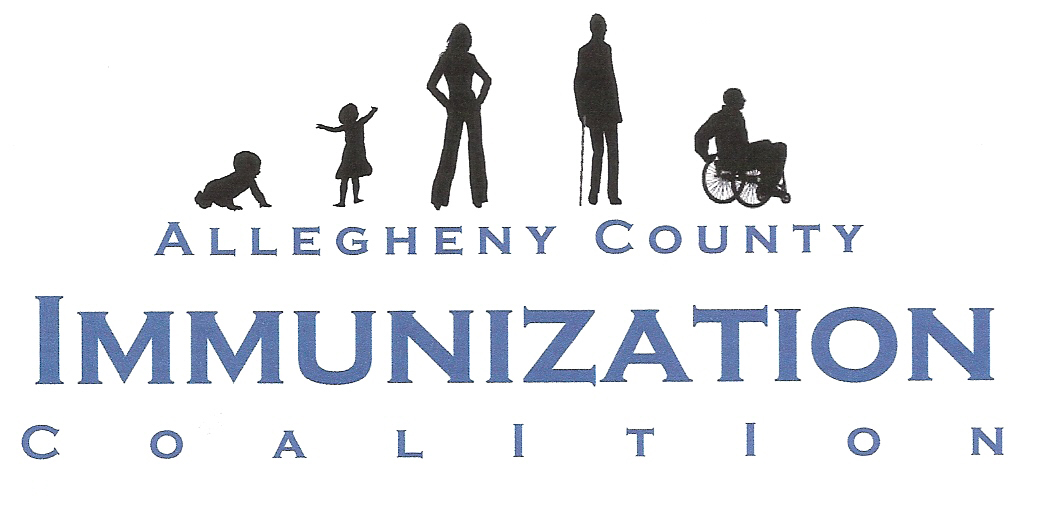Making a COVID -19 vaccine at warp speed (Dr. Offit Webinar)
Registration open! Dr. Offit will discuss “Making a COVID-19 vaccine at warp speed” Registration is now open for the next […]
Flu, Pneumonia Vaccines Tied to Lower Alzheimer’s Risk
— Older adults vaccinated against pneumonia have nearly 40% less Alzheimer’s risk later in life by Judy George, Senior Staff […]
Dr. Danzinger, New York Times Op-Ed
A Coronavirus Vaccine Won’t Work if People Don’t Take It We need to start convincing skeptics now. By Phoebe Danziger […]
NY Times article highlights the effect of COVID 19 on childhood vaccination
Vaccine Rates Drop Dangerously as Parents Avoid Doctor’s Visits Afraid of Covid-19, parents are postponing well-child checkups, including shots, putting […]
Essay Contest for Middle and High School Students
As we are all relying on scientists around the globe to find treatments and create vaccines in the fight against […]
The Vaccine Mom Explains Cloth Face Masks during the Coroanvirus Pandemic
The Vaccine Mom Explains Cloth Face Masks During the Coronavirus Pandemic Apr 10, 2020 Cloth face masks are now recommended […]
Maine Vaccination Law Survives Referendum
A Maine law that imposes strict vaccination requirements survived a referendum on Tuesday, with voters keeping the measure that eliminates […]
Three Things I’ve Learned Since Losing My Son to the Flu (1/23/2020 Shot of Prevention Blog)
While people’s fear of the new coronovirus outbreak in China and its potential spread to other countries is completely understandable, […]
Meningitis B videos for Healthcare Providers
https://www.youtube.com/watch?v=Jsg0NiHT-xg&list=PL9WDK1FKmN0LqkdNlPSobWEvikOzRDsJT
States Ranked by Percentage of Vaccinated Children
Anuja Vaidya (Twitter) – Thursday, January 23rd, 2020 Print | Email Massachusetts has highest percentage of children who have been […]
